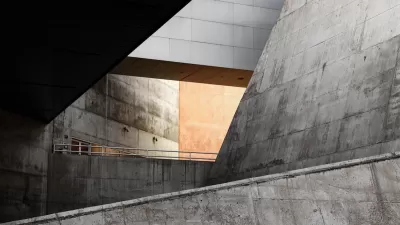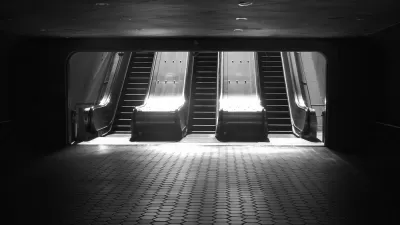In an unusual showing of agreement by both houses, it would appear that Congress will terminate funding for HSR in a bill that authorizes funding for the transportation department next year. The House hears the bill Nov. 17; Senate the next day.
The bill marks "an end to the president's misguided high-speed rail program, but it is not the end of American high-speed rail," said Rep. Bill Shuster, R-Pa., chairman of the House Transportation and Infrastructure Committee's railroad subcommittee.
The House Republicans indicated preference for the dense Northeast Corridor as a line likely to receive future HSR funding should it be authorized as opposed to the much broader application that President Obama conceived. Funds currently allocated would not be rescinded assuming that they meet their deadlines. In California, that nation's only planned HSR project after Florida rejected their federal funding, over $3 billion is at stake from the current fiscal year. Construction must begin next year in the Central Valley.
It is still possible for HSR projects to receive future funding from existing transportation funds such as the the Transportation Investment Generating Economic Recovery, or TIGER Discretionary Grant program program that will be funded. Not so lucky was the Sustainable Communities Initiative as reported by Streetsblog's Tanya Snyder:
"TIGER got $500 million. The House had zeroed it out altogether. The Senate, which had provided for $550 million, clearly won the day on this one. It includes language prioritizing rail, highway, and transit projects that improve or expand existing systems, rather than building new ones."
"Another big loss: the– HUD's contribution to the interagency Partnership for Sustainable Communities – has been eliminated. "The Partnership for Sustainable Communities is one of the federal government's most effective tools," said Geoffrey Anderson of Smart Growth America in response to the cut. "
FULL STORY: Congress About To Kill High-Speed Train Program

What ‘The Brutalist’ Teaches Us About Modern Cities
How architecture and urban landscapes reflect the trauma and dysfunction of the post-war experience.

‘Complete Streets’ Webpage Deleted in Federal Purge
Basic resources and information on building bike lanes and sidewalks, formerly housed on the government’s Complete Streets website, are now gone.

The VW Bus is Back — Now as an Electric Minivan
Volkswagen’s ID. Buzz reimagines its iconic Bus as a fully electric minivan, blending retro design with modern technology, a 231-mile range, and practical versatility to offer a stylish yet functional EV for the future.

Healing Through Parks: Altadena’s Path to Recovery After the Eaton Fire
In the wake of the Eaton Fire, Altadena is uniting to restore Loma Alta Park, creating a renewed space for recreation, community gathering, and resilience.

San Diego to Rescind Multi-Unit ADU Rule
The city wants to close a loophole that allowed developers to build apartment buildings on single-family lots as ADUs.

Electric Vehicles for All? Study Finds Disparities in Access and Incentives
A new UCLA study finds that while California has made progress in electric vehicle adoption, disadvantaged communities remain underserved in EV incentives, ownership, and charging access, requiring targeted policy changes to advance equity.
Urban Design for Planners 1: Software Tools
This six-course series explores essential urban design concepts using open source software and equips planners with the tools they need to participate fully in the urban design process.
Planning for Universal Design
Learn the tools for implementing Universal Design in planning regulations.
City of Albany
UCLA Lewis Center for Regional Policy Studies
Mpact (formerly Rail~Volution)
Chaddick Institute at DePaul University
City of Piedmont, CA
Great Falls Development Authority, Inc.
HUDs Office of Policy Development and Research



























